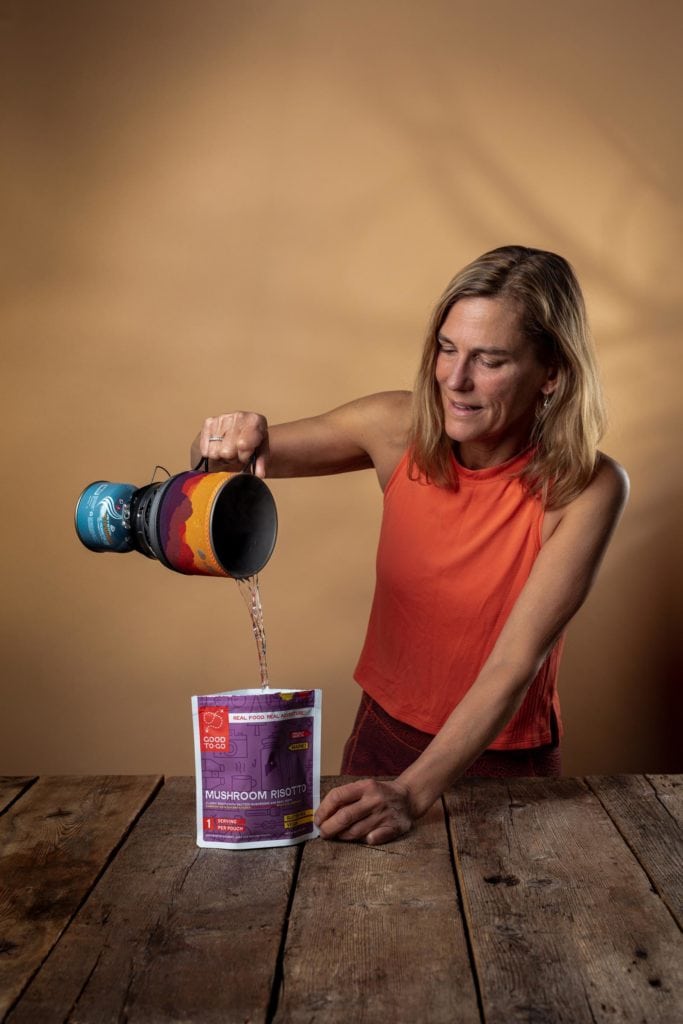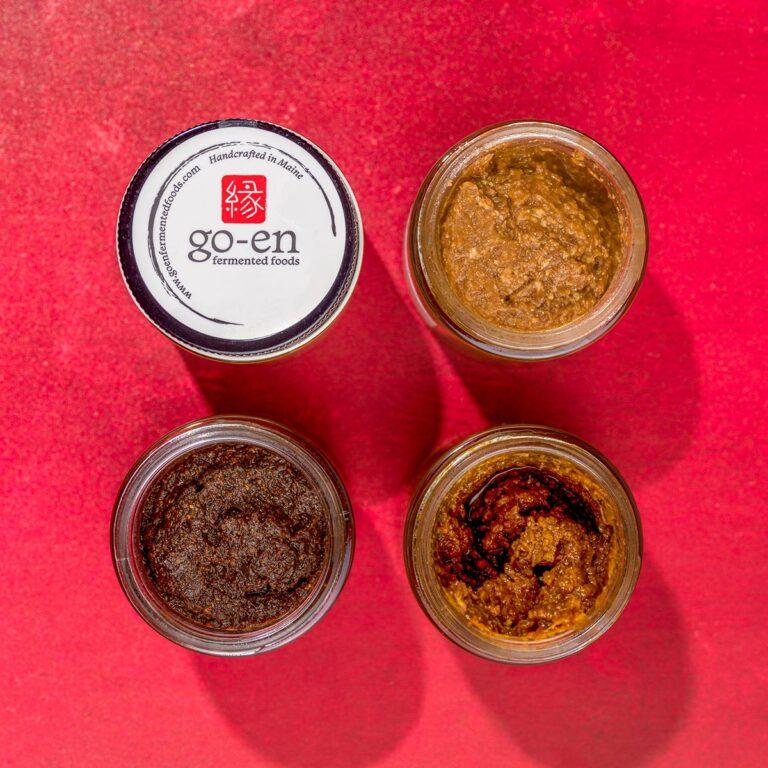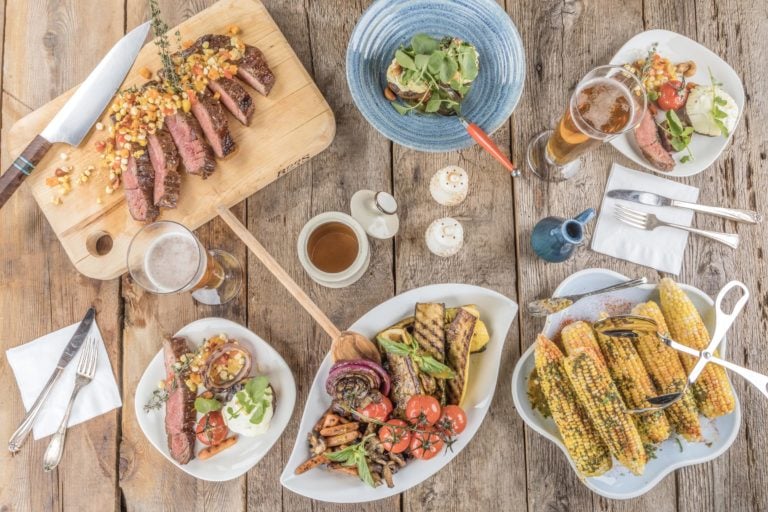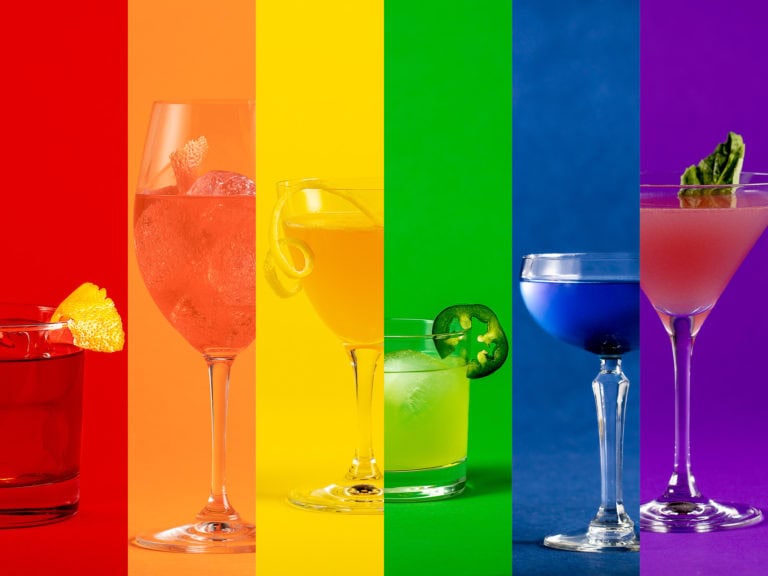When acclaimed New York chef and restaurant owner Jennifer Scism started taking multiday treks with outdoorsman (and now husband) David Koorits 15 years ago, she wasn’t thrilled with the lightweight trail food options. Most had too much sodium, too many preservatives, and too little flavor.
So, she started cooking the meals she wanted to eat while still at home, preserving them with a countertop dehydrator, and loading them into her pack. She added hot water once she and Koorits pitched their tent in the wilderness.
“You can’t underestimate the joy of a delicious, hot meal after hours of hiking with a heavy backpack,” says Scism.
The idea for delicious, dehydrated meals packed with vegetables and protein wasn’t initially conceived as a business plan, but it quickly became one. A very successful one. The couple cofounded Good To-Go in 2014 in Kittery, shipping their first 167 servings of herbed mushroom risotto, smoky three-bean chili, and Thai curry that April. Their product line has ballooned to include 13 entrees, two breakfast items, and bundles designed for weekend trips, emergency situations, and dietary requirements. Good To-Go’s 35 employees produce 75,000 servings a month.
You can buy Good To-Go meals in single- or double-serving packs that weigh 3.4 and 6.6 ounces, respectively, online or at hundreds of outdoors adventure stores across the country. Most meals provide around 400 calories and at least 13 grams of protein per serving and have a shelf life between two and five years. The products are gluten-free, and the ingredients are mostly grown using sustainable practices, but the Good To-Go facility is not certified organic or gluten-free. Entrees cost $8.25 and breakfast items run $6.50 per serving, decreasing in price when bought in larger quantities.
Some meals are inspired by Scism’s worldwide travels. Those include Korean bibimbap, Cuban rice bowls, Indian korma, and pad thai. Good To-Go has won editor’s choice awards from Backpacker Magazine for its Vietnamese-inspired chicken pho (Scism’s favorite), oatmeal, and Thai curry. The company’s Cuban rice bowls, Mexican quinoa, and Thai curry have all earned a seal of approval from the hiking enthusiast site backpackinglight.com.

While the meals are made and packaged in the company’s twice-expanded facility on US 1 in Kittery, Scism says she’s had to abandon initial efforts to source ingredients locally for now. “Maine farmers are amazing at producing fresh fruits and vegetables, but the processing capability for something like the 100,000 pounds of individually quick-frozen onions we need is just not available here,” she says.
Good To-Go’s packaging is a selling point for customers and a potential sticking point for environmentalists. The pouch has a metallic lining that ensures the product’s shelf stability by blocking oxygen absorption before it is opened. That also means you can pour boiling water directly into it and reseal the top as the food sets up for 15–20 minutes, not requiring pots or plates. The lining disqualifies the packaging from standard recyclable processes, though, so Good To-Go’s long-term goal is to find more eco-friendly packaging. In the meantime, the company’s website reports that its pouches can double as trash bags while out in the backcountry; they seal well and can be compressed for easy storage in your pack until you can dispose of them.















